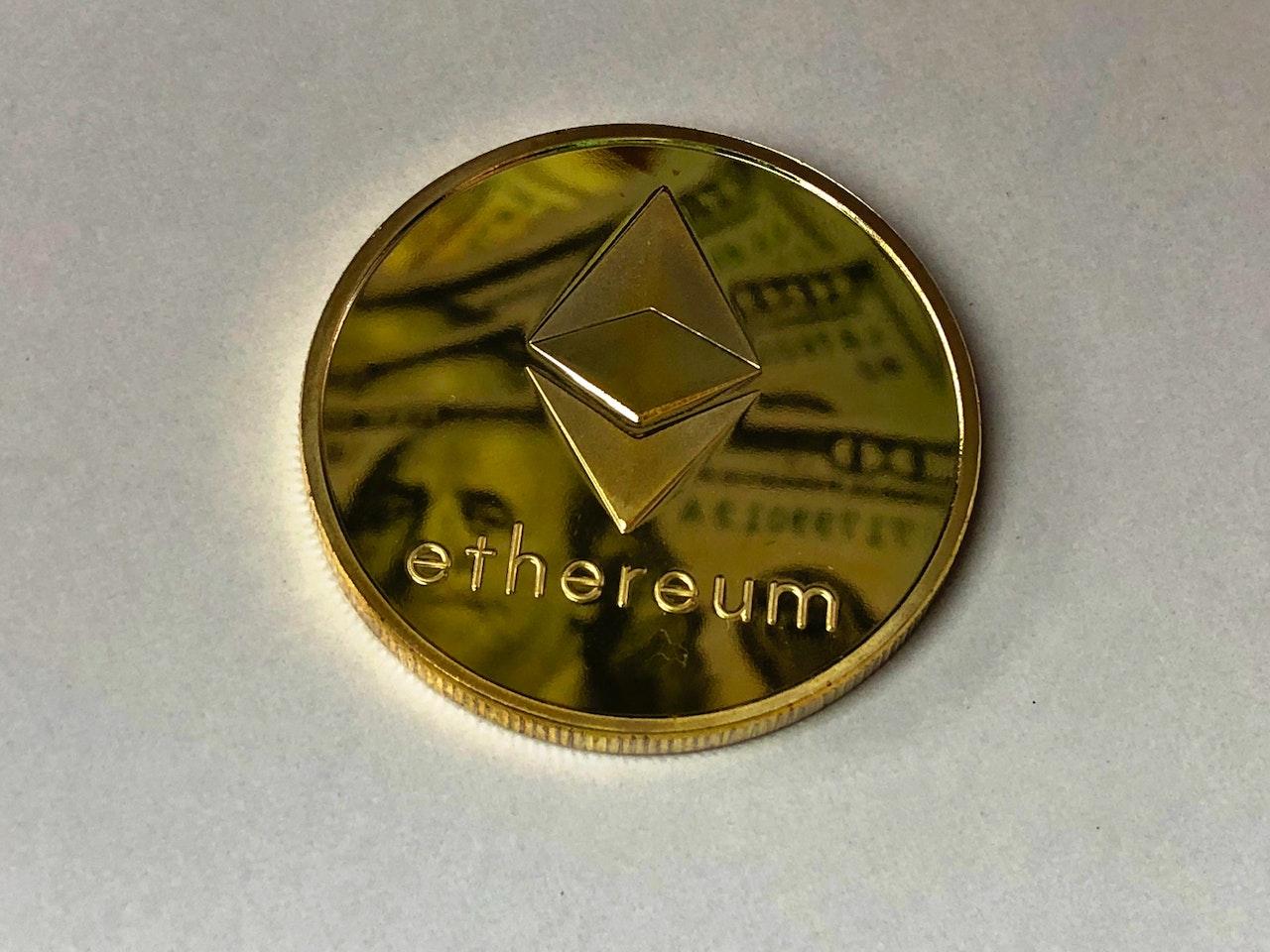The goal of every business model is to make revenue using the opportunities and technologies available to it.
Is it possible to build a sustainable business by leveraging NFTs? What values does an NFT bring to a business model? Are NFT business models profitable?
So far web2 businesses have begun experimenting with NFTs. It has been discovered that adding NFTs to business only augments the ways that money can be made and value can be created.
In this article, we will be exploring the different types of NFT business models and the value of each NFT revenue model.
4 Best NFT Business Models
The different types of NFT business models available are:
- NFTs as brand building
- NFTs as exclusive memberships
- Product and service-backed NFTs
- Gaming NFTs

NFT Revenue Models
With each of these NFT business models, revenue can be created and NFTs can be used to drive value to the holders. Let’s take a practical look at how this can be done!
1. NFTS AS BRAND BUILDING
In traditional startups, getting even a single customer to care about your product or brand is a monumental task. However, the use of NFTs makes brand building easy. You can have more than a hundred persons invest in the success of your brand within a day.
Let us run through a hypothetical exercise of creating a new clothing brand and how NFTs can improve the business model.
A new clothing brand requires some initial capital and Instagram and Tiktok marketing content to get brand awareness. With enough awareness, their first sale occurs.
Now, a new marketing channel opens up with customers as brand ambassadors. Either via word of mouth or rocking the merchandise, existing customers spread brand awareness. With a strong enough brand and a decent product, this clothing brand can start gaining traction and go viral.
So why add NFTs? Selling NFTs enables:
- Short-term capital infusion
- A small community of loyal brand ambassadors
- Customer feedback
All these benefits of NFTs will increase the likelihood of getting the brand off the ground. What’s in it for the NFT holders? Why even pay for the NFTs and voluntarily spread brand awareness?
The initially limited set of NFTs has a collectable value which will only increase with more brand awareness. Imagine buying Supreme’s first limited edition NFT in 1994!
In addition, it also creates a positive feedback loop: Brand awareness will lead to the sale of merchandise or experience, which will further bring about the addition of value to NFTs.
When there is more value in the NFTs, there will definitely be more brand awareness. Brands like CloneX and Veefriends have already leveraged this model to sell millions of dollars in merchandise while keeping the value of the NFT.
The beautiful thing about this business model is that it doesn’t require any recurring costs to manage the NFTs. As long as the brand keeps expanding, the holders will definitely be happy.
Businesses optionally can reward holders with exclusive access or exclusive merchandise. This NFT revenue model is a net positive for the business.
2. NFTS AS EXCLUSIVE MEMBERSHIPS
In this business model, NFT holders are given exclusive access to some service, product or community.
This NFT business model has increasingly become more popular among various brands due to the fact that NFTs are now mainstream. It represents an opportunity to create a deeper sense of community, boost brand loyalty, and reward your most engaged customers with exclusive access and privileges.
There are no limits to the benefits of members in an NFT membership program. The NFT membership model intrinsically gives brands countless opportunities to engage with and reward their most loyal customers. Generally, it can either be a:
- Lifetime Pass (Example is the 333Club)
- Finite Pass (Example is PROOF)
How do sustainable NFT business models work for each?
- Lifetime Pass
The initial sale of the NFT acts as a pseudo-seed round to build products and services that serve the business’ mission. The lifetime NFT pass doesn’t allow for any recurring revenue.
The long-term viability depends solely on the products and services. Initial holders buy-in as a bet on the founding team to create a valuable community and product that will have a higher lifetime value than the initial mint.
Imagine you bought a lifetime Netflix NFT pass. Non-holders would pay the monthly subscription while you would only pay once.
- Finite Pass
This model is similar to a SaaS model where holders pay for access for only a specific period of time. The onus is on the business to provide enough value that they can sell their next round of finite NFTs. The focus is on real value, not speculative value.
The sustainability comes from regularly selling out future NFTs at a price that pays for the business costs incurred during the period the NFTs are valid. If the business service or product lacks value, it won’t sell out in the next round of NFTs. They will simply go out of business.

3. PRODUCT OR SERVICE-BACKED NFTS
In this business model, NFTs can be directly exchanged for a specific service or product. However, what makes these NFTs valuable is that these assets can be considered investments to the end consumer.
NFTs eliminate counterfeiting, help trace the movement of goods along the supply chain and assure uniqueness. This would be applicable to supply chains for luxury fashion brands.
For businesses like the auto industry, NFTs can also provide information regarding each material and component in a particular product. This could help with cost control.
NFTs would also be useful for industries looking to track the use of recyclable and sustainable materials. The core business model for the product or service doesn’t change but NFTs create three new value-adds:
- Buyers of the NFTs include consumers AND investors (larger target market)
- Additional royalties from secondary sales
- Secondary market data trends
A good example is:
An upstart consultant who charges $500/hr without NFTs could only sell his services to clients who want his time.
With NFTs, he can sell to investors who believe the consultant’s time will be more valuable in the future. He also gets more royalties and money upfront.
4. GAMING NFTS
NFTs can easily be added into modern games as a new method of monetizing the in-game content. Each of these NFTs has its own special code on the blockchain and this makes them unique. Thus making it the perfect type of currency for companies to use in rewarding their loyal customers.
There are two main types of gaming NFTs:
- Play-to-own NFTs — uncapped NFT supply where actions gamers take can level up the NFT and make it more valuable over time (ie. level 100 Charizard).
- Limited Edition NFTs — limited edition skins but tradable.
Why add NFTs?
- Play-to-own NFTs increase the audience of gamers who play the game. Some gamers enjoy and see it as a time to relax. While others just want to experience the best items.
- Tradable limited edition NFTs cater towards investors betting on the game’s popularity.
Outside of the traditional gaming revenue streams (advertising, battle passes, microtransactions), blockchain games leverage NFTs to grow their paying audience, sell more digital assets and make royalties. NFTs are not their core business but provide a boost to their bottom line.

Is the NFT business model profitable?
Which NFT business models do you think will be most successful? Are there any other NFT revenue models that you think would be more profitable?
Outside of SaaS finite NFT passes, each of the four NFT business models does not rely on NFTs as the core revenue driver. NFTs only serve mainly as a catalyst for greater user adoption and the short-term capital infusion allows for sustainable products or services to be built.

Kathy Brooks is a digital marketing specialist at IPB Digital LLC. She is a technical writer that is fascinated with all things blockchain, cryptocurrency, digital assets and web3. Follow IPB Digital LLC on LinkedIn, Facebook and Twitter.